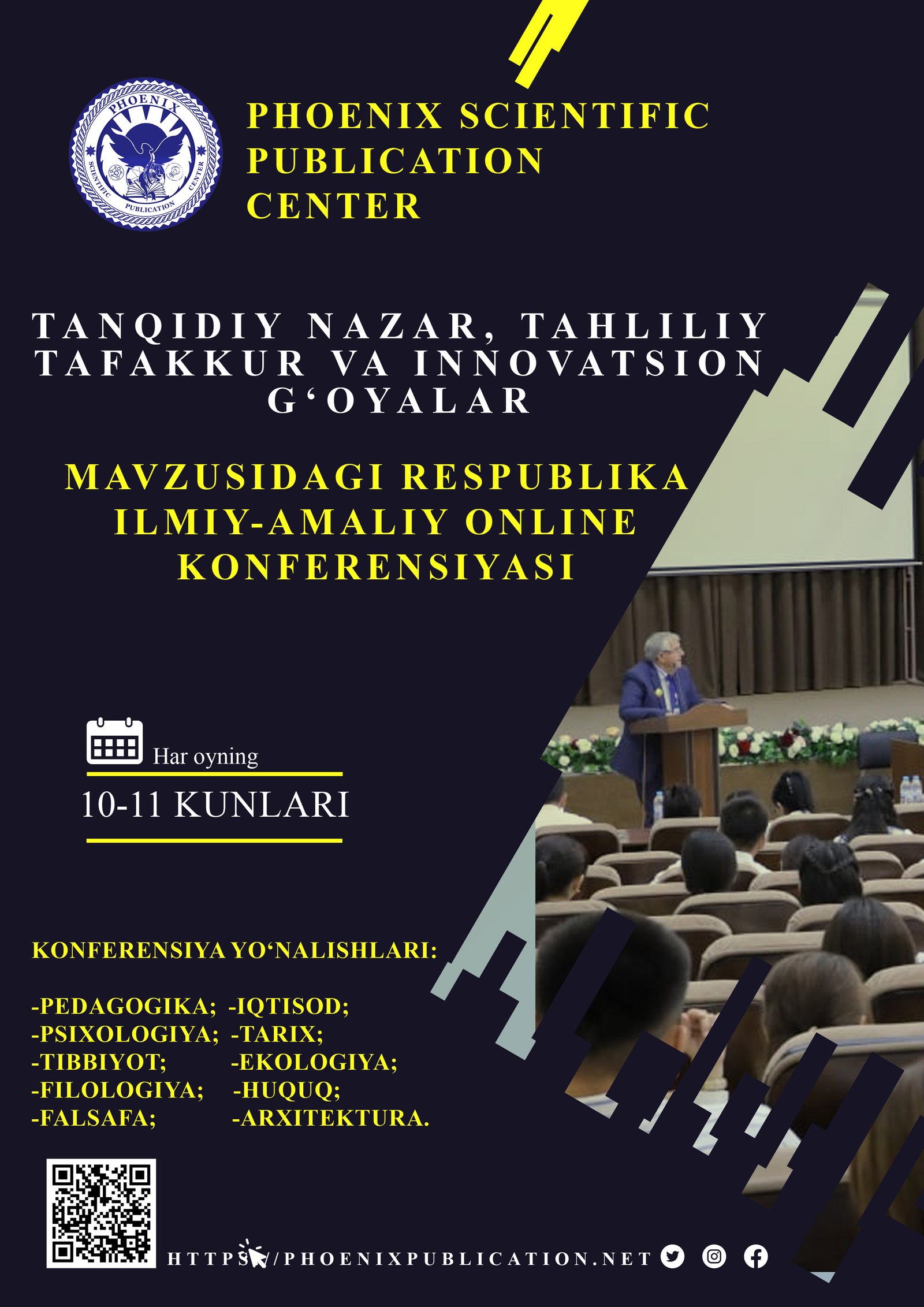Abstract
Virtual Reality (VR) technology has emerged as a powerful tool in foreign language learning, offering an immersive and interactive environment that enhances language acquisition. Unlike traditional learning methods, VR enables learners to practice in realistic simulations, improving their listening, speaking, and comprehension skills through real-world scenarios. By engaging users in authentic conversations and cultural contexts, VR fosters natural language use and boosts confidence. Research indicates that immersion enhances memory retention and accelerates fluency. Despite challenges such as high costs and accessibility, VR holds great potential for revolutionizing language education by making learning more engaging, efficient, and effective.
References
1. Azuma, R. T. (1997). A Survey of Augmented Reality. Presence: Teleoperators and Virtual Environments, 6(4), 355-385. Explores the technical foundations and applications of virtual and augmented reality in education.
2. Clark, R. E., & Mayer, R. E. (2016). E-Learning and the Science of Instruction: Proven Guidelines for Consumers and Designers of Multimedia Learning. Wiley. Discusses evidence-based approaches to virtual learning, including VR-based tools for language acquisition.
3. Dede, C. (2009). Immersive Interfaces for Engagement and Learning. Science, 323(5910), 66-69. Highlights how immersive technologies like VR foster engagement and deep learning.
4. Garrett, N. (2009). Computer-Assisted Language Learning Trends and Issues Revisited: Integrating Innovation. Modern Language Journal, 93, 719-740. Reviews the evolution of technology-enhanced language learning, including virtual environments.
5. Gee, J. P. (2003). What Video Games Have to Teach Us About Learning and Literacy. Palgrave Macmillan. Examines gamification and its application in language learning via virtual and augmented platforms.
6. Lin, T.-J., & Lan, Y.-J. (2015). Language Learning in Virtual Reality Environments: Past, Present, and Future. Educational Technology & Society, 18(4), 486–497.
